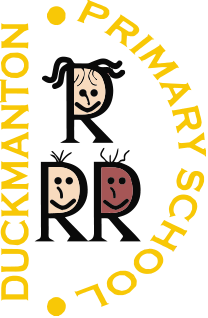Geography
At Duckmanton Primary School, our Geography curriculum is designed to develop children’s curiosity about the world and people. Children will investigate a range of places in the UK and abroad, developing their knowledge and understanding of the Earth’s physical and human processes. We ensure that all children are provided with opportunities to investigate and make enquiries about their local area of Duckmanton, Poolsbrook, Bolsover and Staveley. Many cross-curricular links are made throughout our different topics.
EYFS
In EYFS, the early learning goals (2021) aim to guide children to make sense of their physical world and their community by exploring, observing and finding out about people, the environment, technology and places.
KS1
In Year 1 and 2, children will begin to develop their geographical vocabulary by learning about where they live, as well as one other small area of the United Kingdom and a small area in a contrasting non-European country. They will learn about weather patterns in the United Kingdom and hot and cold regions of the world. They will use ICT, world maps, atlases and globes, simple compass directions, aerial photographs and plans, as well as simple fieldwork and observational skills.
KS2
In Years 3 to 6, the geography curriculum builds and expands on previous knowledge. There are three main focus areas:
- Locational knowledge
- Place knowledge
- Human and physical geography
Locational knowledge examines latitude, longitude and time zones. Children will use maps to focus on Europe, North and South America, concentrating on regions, key physical/human characteristics, countries, and major cities. They will also work on locating the counties and cities of the United Kingdom, and start to explore their human and physical characteristics.
Children also examine geographical similarities and differences by comparing the geography of a region of the United Kingdom with a region in a European country, and with a region in either North or South America. This is part of the place knowledge aspect of the curriculum.
For human and physical geography, children will be taught to describe and understand key aspects of geography, for example: climate zones, rivers, mountains, volcanoes, earthquakes, the water cycle, types of settlement, economic activity and the distribution of natural resources. They will be encouraged to use geographical vocabulary within their learning.
